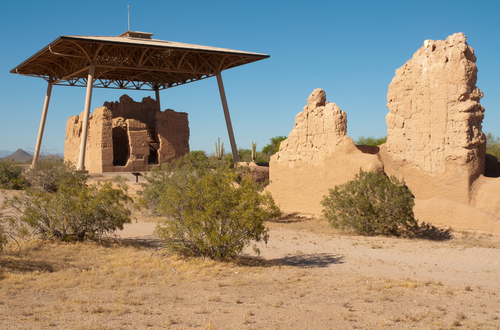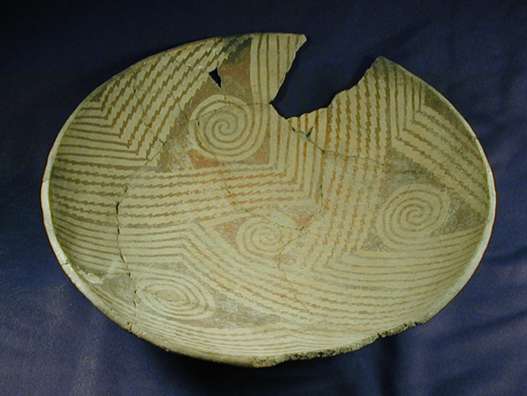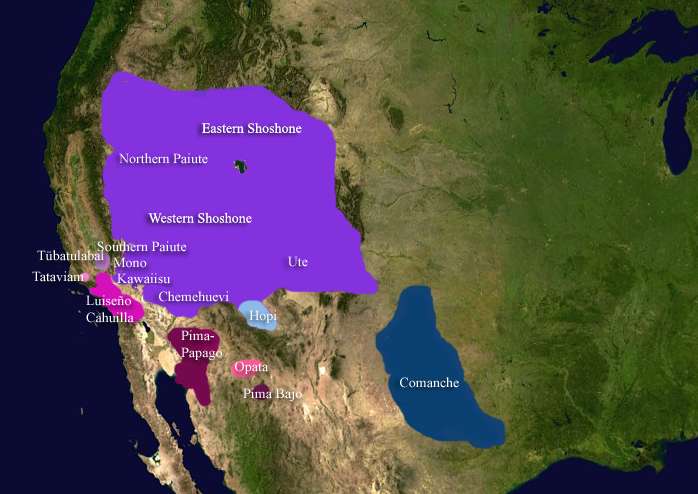Origins and Early History
|
|
We cannot be certain how long the O'odham have lived in the Sonoran desert, though the O'odham and many archaeologists believe that they are descendants of the Hohokam, a prehistoric people that lived in the area from about the time of Christ until approximately A.D. 1450. The Hohokam were farmers who cultivated crops using a combination of techniques including floodwater farming, ak chin farming, and irrigation agriculture. They are best known, however, for their large and complex irrigation systems constructed along the Salt and Gila Rivers within what is today Phoenix, Arizona. At their height these prehistoric systems contained more than 300 miles of canals, some of which were long as 12.5 miles. Accompanying this system was an elaborate social organization characterized by a political network that spanned villages, a thriving craft specialization and trade network, and complex architecture that included large, multi-story structure.
|

|
|
|
Remnants of a multi-story Hohokam structure, dated to about A.D. 1350, found at Casa Grande Ruins National Monument.
Source - http://www.shutterstock.com/pic.mhtml?id=54612679&src=id
|
|

|
For reasons that are not fully understood this complex society begin to decline in the late 1300s, and by 1450 A.D. the Hohokam culture no longer existed. Although the region was still inhabited, the large villages and irrigation canals sat abandoned. Instead, a simpler culture existed that was characterized by smaller settlements, simpler houses, and simpler farming techniques. Archaeological evidence and oral histories from the O'odham suggest that a series of catastrophic floods combined with salinization problems may have caused the irrigation canals to fail. Whatever the case, when the Spaniards arrived it was these simpler villages that were encountered.
|
|
Hohokam bowl, dating to about 1000 A.D.
Source - Dr Karen Harry's Personal Collection
|
|
Language
|
|
Spaniard presence in the region began in 1687, when Father Kino established a series of missions in the upper Sonoran desert. Missionary reports indicate that the region was then occupied by one group of people, all of whom spoke the same language. This language, termed Piman, is part of the Uto-Aztecan language family that includes other languages such as the Hopi, Shoshone, and Commanche. Although different dialects exist within the Piman language, all are mutually intelligible.
|

Distribution of northern Uto-Aztecan languages
Source - https://commons.wikimedia.org/wiki/File%3ANorthern-UA-languages.png
|
Click on next page to continue.
return to top | previous page | next page